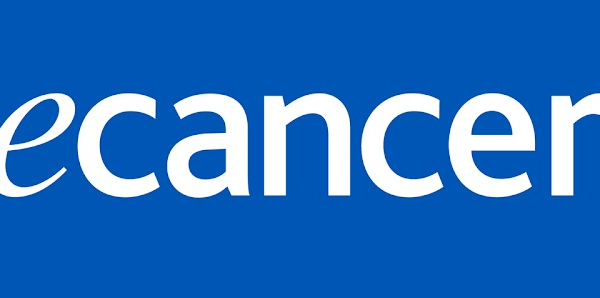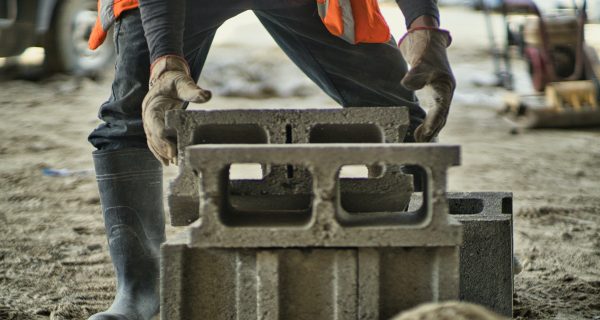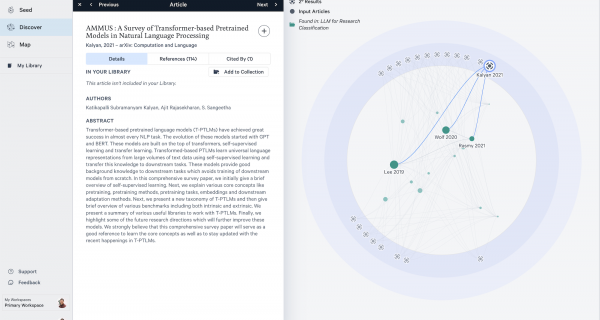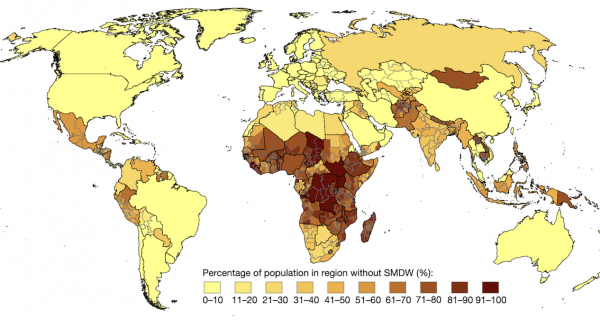Do Spinouts Benefit From Market Overlap With Parent Firms?
Market overlap is beneficial to spinouts as it reduces uncertainty during the early stages. Nonetheless, substantial market overlap may spark hostile actions by the parent organisations, thereby creating disruptive competition affecting the likelihood of spinouts’ survival.

Independent startups founded by former employees of incumbent firms in the same industry benefit from the knowledge and resources accumulated by their founders while employed in incumbent firms. However, such spinouts may also face the risk of retaliation and suffer from the hostile attitude of the parent firms.
In a recent study published in the Journal of Business Venturing, Aliasghar Bahoo-Torodi and Salvatore Torrisi make an attempt at answering the following question: “Is there an optimal distance from the parent firm’s knowledge domains that allows a spinout to benefit from the knowledge legacy while maintaining some degree of differentiation to mitigate the risk of the parent firm’s hostile actions?”
As the authors suggest, addressing this market overlap between spinouts and parent firms is important for three different reasons:
- “Anecdotal evidence suggests that spinouts often capitalize on technological knowledge that parent firms are reluctant to exploit commercially and deliberately shelve owing to constraints in the exploitation process. Therefore, a spinout could pursue a shelved business opportunity in the same or outside the parent firm’s market, with different implications for the competitive tension between the two firms”
- “Compared to technological knowledge that firms can protect from misappropriation through formal means of intellectual property protection such as patents, it is more challenging to insulate market-related knowledge (e.g., customer lists, distribution channels, and consumer research methods and information) from imitation, which makes parent firms particularly concerned about spinouts’ entry into their core markets”
- “Entering markets similar to the parent firm creates visibility for a spinout and increases the parent firm’s awareness of the spinout initiative, which impacts the level of perceived competitive threat and may lead the parent firm to retaliate to protect its competitive position in the market”
Two different hypotheses are proposed in the study:
- “The relationship between market overlap with the parent organization and a spinout’s survival will be inverse U-shaped.”
- “The hierarchical position of a spinout founder within the parent firm moderates the curvilinear relation between market overlap with the parent and spinout’s survival, such that the inverted U-shaped curve becomes flattered for the spinouts founded by high-ranked employees of the parent firms”
To test their hypotheses, Aliasghar and Salvator collected data in the context of the European BioTech Industry. Their data was obtained from 5 different sources: 1) ThomsonOne (VentureXpert) database, 2) Bureau Van Dijk’s ORBIS database, 3) European Patent Office (EPO) database, 4) Companies’ websites and annual reports, and 5) LinkedIn, Crunchbase, and two business directories (Bionity and Biocentury).
The average lifespan of spinouts is 11.6 years. Of the spinouts in their sample, 54 % were founded by high-ranked employees, and 35.9 % targeted the same market as their parent firms (42 out of 117). The average number of founders was 1.7 individuals who had worked for 8.8 years on average in the industry before starting their own firms.
The results support the authors’ first hypothesis that the relation between market overlap with the parent firm and spinout’s survival is curvilinear, such that the likelihood of a failure is lowest at intermediate levels of market overlap. The results also seem to indicate that the founder’s position in the parent firm moderates the market overlap and survival
relationship. Therefore, the inverted U-shaped curve becomes flattered when a high-ranked employee of the parent firm launches a spinout.
As the authors of this study conclude: “More specifically, the findings suggest that by heavily fishing in the parent firms’ knowledge pool, spinouts take the risk of getting stuck in a competency trap which reduces their likelihood of survival, and this effect is stronger for spinouts founded by high-ranked employees positioned at intermediate levels of market overlap with parent organizations.”






































